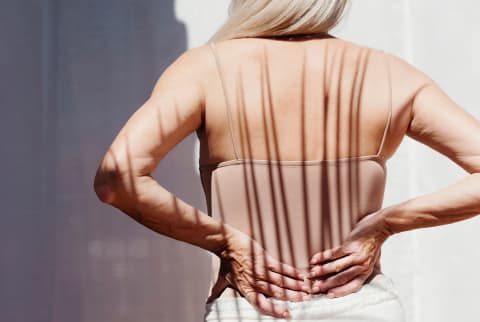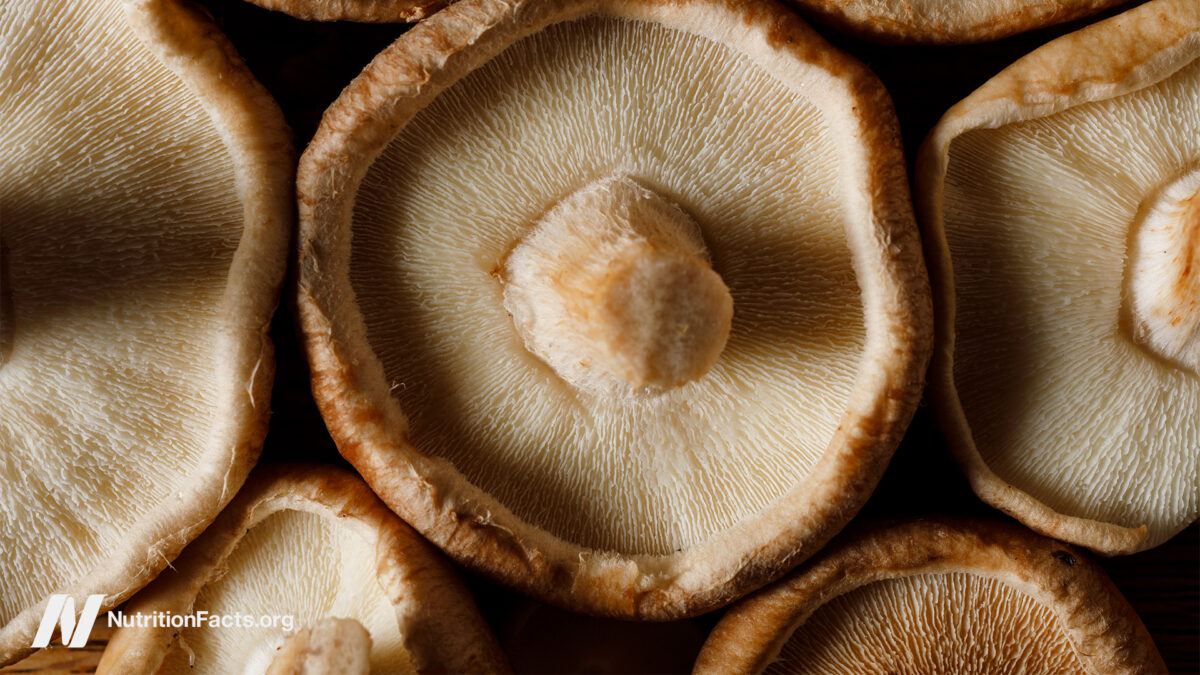Recent Study Reveals 2 Habits That Are Early Signs Of Muscle Loss In Women
It's easy and noninvasive.

Advertisement
This ad is displayed using third party content and we do not control its accessibility features.
Advertisement
This ad is displayed using third party content and we do not control its accessibility features.

Registered Dietitian Nutritionist
Registered Dietitian Nutritionist
Molly Knudsen, M.S., RDN is a Registered Dietician Nutritionist with a bachelor’s degree in nutrition from Texas Christian University and a master’s in nutrition interventions, communication, and behavior change from Tufts University. She lives in Newport Beach, California, and enjoys connecting people to the food they eat and how it influences health and wellbeing.
Image by Eloisa Ramos / Stocksy April 02, 2025 Some muscle loss with age is to be expected—each decade after 30, muscle mass declines about 3-8%1 and accelerates even more around the age of 60. Losing more than this, in addition to strength and functionality of the muscle, is characteristic of sarcopenia, and that's a big concern for long-term health and quality of life. Right now, sarcopenia is often evaluated using machinery (like MRI scans) or physical assessments that require specific training and may not be conducted unless there are clear signs something could be off. But by the time this testing happens, a lot of muscle (that could have been preserved) is lost. So researchers of a recent study investigated whether data on certain lifestyle habits could reasonably detect a heightened risk of sarcopenia2. And sure enough, looking at protein intake and physical activity were telltale signs of the condition, especially for women. Here's what you need to know. 
Why look at protein & physical activity?
Muscle tissue is dynamic, and muscle proteins are being broken down and created (or synthesized) simultaneously throughout the day.
Various factors associated with aging (including a loss of muscle fibers, loss of motor neurons, hormonal changes, inflammation, inactivity, and stress) tip the scale to muscle breakdown and make maintenance, let alone muscle growth, a challenge.
So researchers of this study collected data from 632 adults 65 or older on their typical protein intake over three days and the level of physical activity they engaged in. In addition, they also ran some assessments related to sarcopenia (such as chair stand tests, sit-to-stand tests, and grip strength) as well as body composition scans as more objective measures of sarcopenia risk for comparison.
Not meeting the recommendations is linked to an increased sarcopenia risk.
In total, 92 people were found to be at a high risk of sarcopenia as they ate less than the recommended amount of protein (about 1 gram per kilogram of body weight) and participated in less than the recommended 150 minutes3 of physical activity a week.
What's interesting is that women accounted for 77% of people in this category.
And while everyone deemed high risk based on these lifestyles had lower levels of lean mass and strength, the deficits were far more pronounced among women than men.
Why is this important?
Women have long been underrepresented in research—especially in studies related to muscle health—for decades. This study shows how women are more susceptible to poor muscle function with suboptimal diet and exercise, whereas men may be more protected from these declines.
Sarcopenia also isn't routinely assessed in primary care clinics. And assessment tools and tests can be costly and require special training that not all health professionals have.
Checking on a person's protein intake and physical activity is an easy, noninvasive way that would allow for early risk detection of a condition that often has a decades-long progression.
Because muscle mass can be better preserved with certain habits.
How to reduce your risk of sarcopenia
No medication prevents sarcopenia (or improves it once you start losing muscle) so the best prevention tactics are truly lifestyle choices:
The takeaway
To combat accelerated muscle loss and sarcopenia, staying physically active and getting enough (high-quality) protein is absolutely key. This new study shows that women who don't maintain these habits are at an especially high risk of sarcopenia.
So the earlier that the risk can be identified and the more these habits are prioritized at a younger age, the more muscle, confidence, and strength we'll have walking into life's later decades.
Advertisement
This ad is displayed using third party content and we do not control its accessibility features.

 Konoly
Konoly 



















![The 2026 AI Search Benchmark Every SEO Leader Needs [Webinar] via @sejournal, @lorenbaker](https://www.searchenginejournal.com/wp-content/uploads/2025/11/1-259.png)











(1).jpeg)
